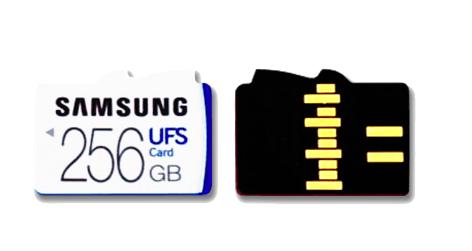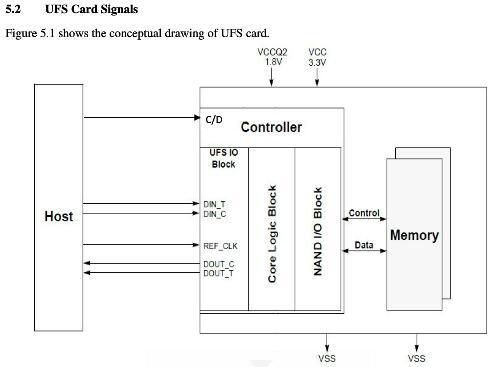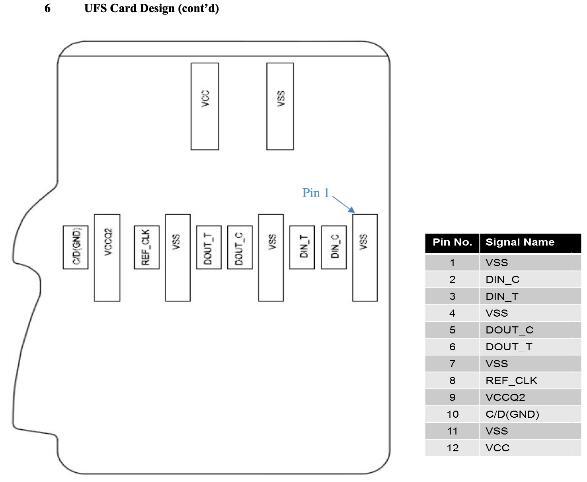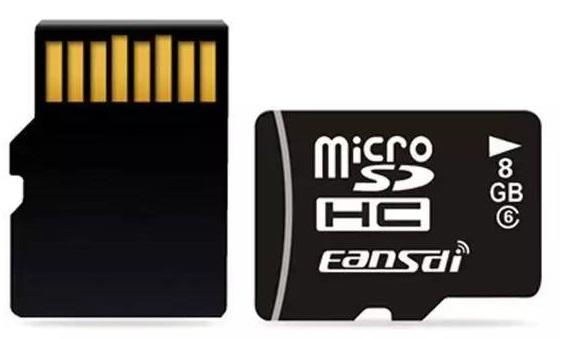The difference between UFS memory card and traditional Micro SD card
What is the difference between UFS memory card and TF card?
Judging from the UFS memory card that Samsung has released, its size is not much different from our common TF card. The front of the memory card is still information such as the brand and storage capacity, while the back is distributed with metal contacts.



UFS memory card
However, in terms of details, there are still some differences in the appearance of UFS memory card and TF card. The first is that the grooves on the edge of the memory card are different in style, with sharp edges on conventional TF card and smoother grooves on UFS memory card (some people say it is like a shark fin). In addition, from the distribution of metal contacts, UFS memory card is completely different from TF card. According to the appearance design and the distribution of metal contacts of the UFS memory card, it is not compatible with all current mobile phone products that support memory card expansion.
TF (Micro SD) memory card
As for the capacity design, UFS memory card launched by Samsung starts from a minimum capacity of 32GB and provides up to 256GB. Currently, the TF card on sale has a minimum capacity of 8GB, and a miximum capacity of 256GB.

Compared with the difference in capacity design, I believe everyone is more concerned about how fast the writing and reading speed of UFS memory cards is.
From the information of Samsung’s UFS memory card, UFS memory card has a peak writing speed of 170MB/s and a reading speed of 530MB/s. This writing/reading speed is 2-3 times faster than the top EVO+ TF memory card writing speed and 5 times faster than the reading speed. EVO+ currently is the fastest TF memory card with a writing speed of 50MB/s and a reading speed of 100MB/s.
The standard of UFS memory cards based on the new UFS 2.0 is compatible with UFS HCI 2.0. In terms of its functions, it supports full-duplex operations, simultaneous reading and writing operations, and instruction queues. In contrast, with the reading and writing operations performed separately and the instructions packed, the TF card is half-duplex so that the UFS memory card is quickly opened at the write/read speed.
As for the price, currently Samsung doesn’t give the specific price of these UFS memory cards. However, it’s estimated the initial price of UFS memory card may be 3-5 times higher than that of the top-grade EVO+ TF memory card for 50 yuan sold in China.
Will the UFS memory card replace the TF card?
Due to its notable advantages, it is inevitable for UFS memory card to replace TF card in the future. But in a short time, TF will continue to exist for a long time. Similarly, the popularization of UFS memory card will take time, not only in product technology and cost optimization,but also in cooperation with partners in various industries.
UFS memory card is also suitable for these scenarios.
Compared with the existing TF card, UFS memory card has greatly improved performance. Besides being suitable for smart phones, it can play a greater role in more usage scenarios. For example, it can be used in motion cameras and aerial photography aircraft to record higher quality pictures and images, etc. The actual performance of UFS memory card is very worthy of our expectation.
